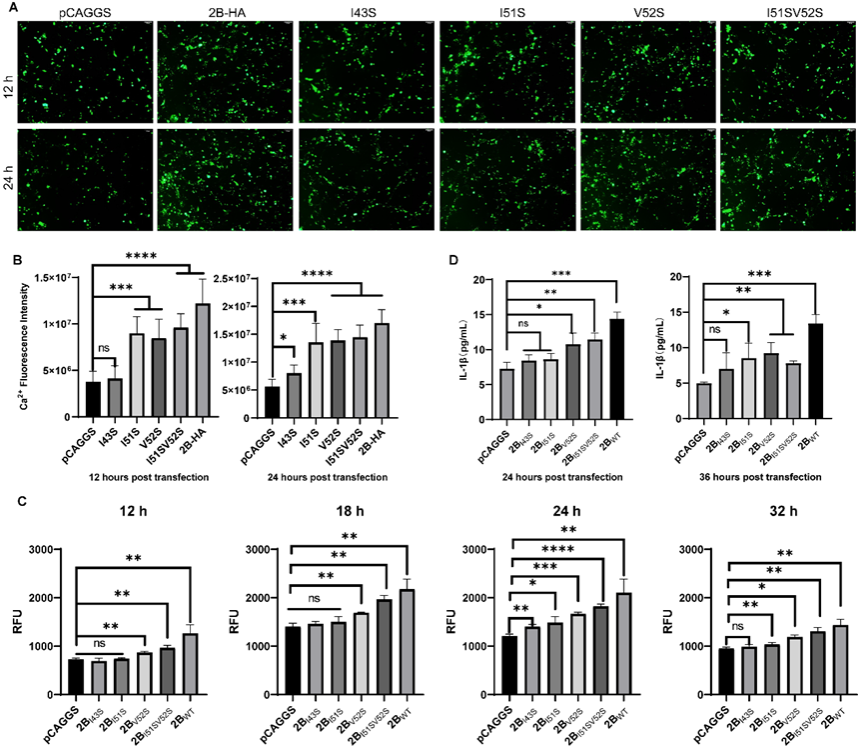Duck hepatitis A virus 1 (DHAV-1) is an important pathogen that causes duck viral hepatitis. It can infect ducks of different ages and breeds, causing acute death in ducklings (mortality rate of more than 90%), chronic hepatitis in adult ducks, and decreased egg production in breeder ducks. It can also be transmitted vertically through breeder eggs, affecting the quality of offspring, causing huge economic losses to the duck industry. Excessive inflammatory response characterized by cytokine storm is the main factor in the pathogenesis of DHAV-1. To reveal the molecular mechanism of DHAV-1-induced excessive inflammatory response, we detected the effects of DHAV-1 infection on the activity of NF-κB and NLRP3 inflammasomes, key regulators of inflammatory response; at the same time, through gene knockout, drug inhibition and other means, the role of NF-κB and NLRP3 inflammasome in DHAV-1-induced excessive inflammatory response was clarified; and the viral proteins and host factors involved in DHAV-1 activation of NF-κB and NLRP3 inflammasomes were further screened. The results showed that DHAV-1 infection induced intracellular molecular events such as K+ efflux, Ca2+ influx, mitochondrial dysfunction to produce mtROS, and lysosomal membrane damage to release cathepsins, activating NF-κB and NLRP3 inflammasomes to promote inflammatory responses. The 2B protein encoded by the virus is a viral factor that causes Ca2+ influx, and the viroporin activity of the 2B protein is necessary for the activation of both NF-κB and NLRP3 inflammasomes. The related research has been published in the journal International Journal of Biological Macromolecules under the title “Duck hepatitis A virus 1-encoded 2B protein disturbs ion and organelle homeostasis to promote NF-κB/NLRP3-mediated inflammatory response”, and is accessible at the following DOI: https://doi.org/10.1016/j.ijbiomac.2024.135876.


